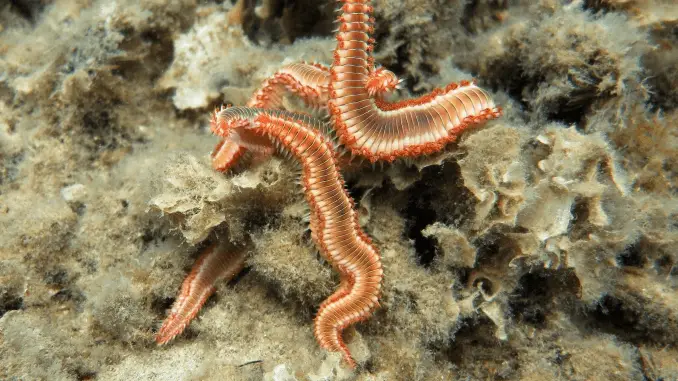
The bristle worm is a saltwater worm of class polychaeta in the Cirratulidae family. The bristle worm is a segmented worm recognized by its elongated body and hair-like bristles that poke out of the segments and protect the worm from predators.
Bristle worms are a marine species and may be a good addition to a reef tank because they aren’t poisonous and consume the leftover materials that would otherwise decompose and produce harmful ammonia. However, there are some bristle worms that can be dangerous, and that attack and may kill other small fish in the aquarium.
TABLE OF CONTENTS
What Is a Bristle Worm?
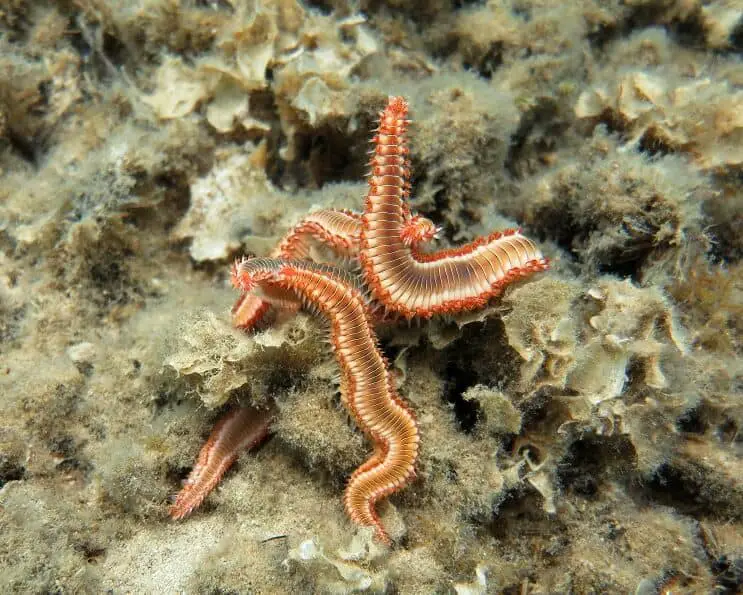
Bristle worms are from the polychaeta class of segmented worms and can grow up to 24 inches in length if the aquarist doesn’t notice them in the tank. When bristle worms first appear in the tank, they are as small as 1.5 inches and are hard to see. Bristle worms are also nocturnal creatures, which means they only come out at night when the light is off in the aquarium.
Most bristle worms are scavengers that clean saltwater fish tanks of ammonia-producing materials. Some other types of bristle worms are dangerous because they grow large and can overrun the tank and damage tank mates. Aquarists should never touch bristle worms because the tiny bristles can cause severe skin irritation.
Bristle Worms vs Fireworms
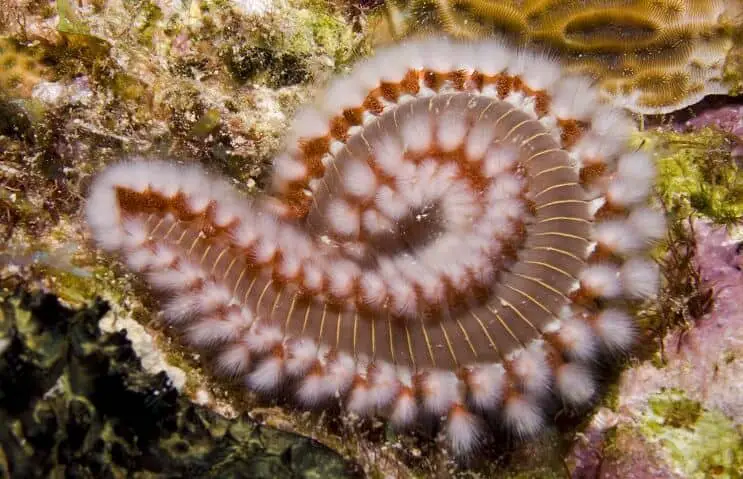
Fireworms are a type of common bristle worm considered dangerous for saltwater fish tanks. Fireworms are pink or orange and have white and red bristles.
For example, the bearded fireworm, belonging to the family Amphinomidae, is dangerous for reef tanks. This predator attacks and may kill healthy inhabitants such as small reef fish and corals. The bearded fireworm is much unlike the common bristle worm, which may consume dead fish.
How to Identify Bristle Worms (& Where They Come From)
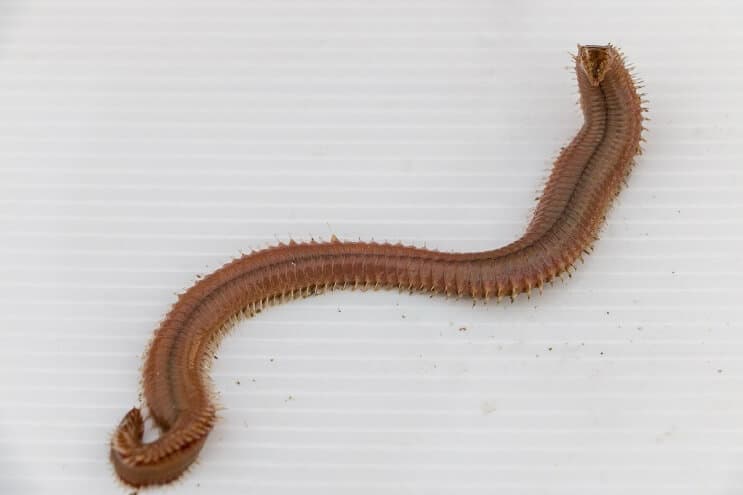
The bristle worm has a long, segmented body covered by hair-like bristles that protect the animal from predators. If these worms have a good diet in the tank, they can grow up to 24 inches long. Baby bristle worms are as small as 1.5 inches long.
Bristle worms can be unknowingly introduced to a reef tank on new, living rocks. The worms easily go unnoticed because they hide in small cracks and only go out at night.
Are Bristle Worms Dangerous? (Behavior Explained)
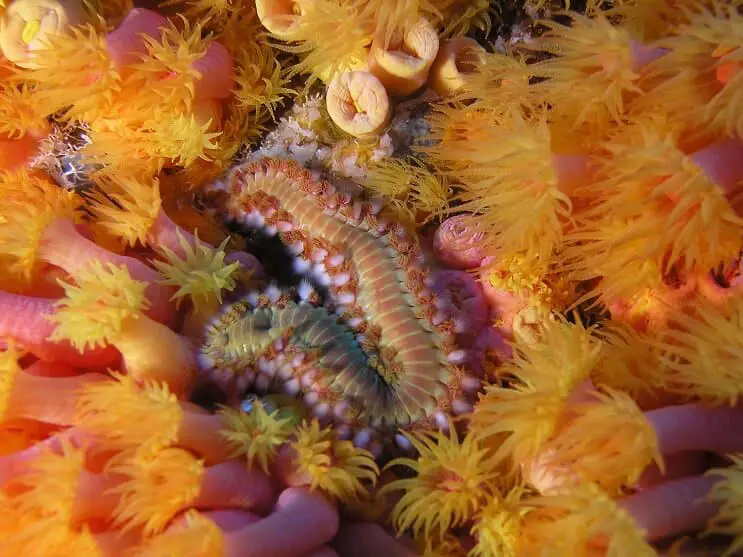
Bristle worms are generally beneficial to a fish tank. They keep the aquarium clean and prevent excess ammonia production by eating leftover fish food, dead animals, and detritus.
These marine worms can be dangerous for humans because the worm’s bristles cause severe skin irritation that lasts for several hours. Removing bristles that stay in the skin requires using tweezers and applying hydrocortisone.
Bristle worms are slow nocturnal creatures that tend to live at the bottom of the tank. They hide under rocks during the day and come out at night.
Other polychaetes that are more aggressive, such as Bobbit worms or bearded fireworms, tend to display predatory behaviors. Bobbit worms are ambush predators that hide in the sand at the bottom of the fish tank and strike with their mouths at passing prey. A bearded fireworm is likely to feed on the corals or hunt fish by using its venomous chaetae to inject toxins into the prey’s body.
Getting Rid of Bristle Worms
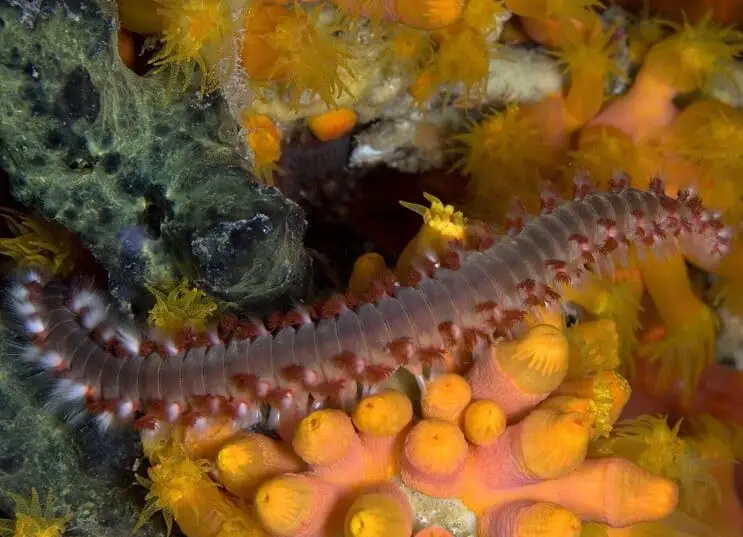
Sometimes the best way to remove bristle worms from the aquarium is to introduce natural predators that will eat the worms. However, some predators that feed on polychaete worms might also eat small crustaceans and other tank inhabitants. Most carnivorous fish won’t eat bristle worms since the worms only come out at night when most fish are asleep.
Great natural predators for bristle worms and fireworms include:
- Arrow crabs
- Horseshoe crabs
- Coral banded shrimp
- Wrasses (yellow coris wrasse, melanurus wrasse, or sunset wrasse)
- Hawkfish (flame and long nose hawkfish)
- Dottybacks (neon or orchid dottybacks)
- Gobbies
Bristle Worm Traps
A bristle worm trap is useful to remove the worms from a tank while avoiding the worm’s bristles. Various bristle worm traps can be purchased in aquarium fish stores and online or made at home.
The best type of trap to get rid of bristle worms is one that has a bait chamber and multiple entrances. This type of trap makes it easy to get rid of multiple polychaetes at once.
To make a bristle worm trap at home, recycle an empty plastic bottle by removing all paper or plastic packaging. Cut three small, round, offset holes on two opposite sides of the bottle, big enough for a plastic straw to fit in.
Cut three plastic straws in half and stick them through the holes in the bottle. Add some bait, like small pieces of meat, to the bottle. Place the bottle trap inside the aquarium, ensuring that the outer ends of the straws touch the substrate. The worms should be in the trap within a day.
Conclusion: Should You Remove Bristle Worms?
You should remove bristle worms from your fish tank if you have classed them as polychaetes — predator-types like bearded fireworms and bobbit worms. Generally, common bristle worms are beneficial creatures that can maintain a good quality of water in the tank. Common bristle worms are bottom feeders that consume detritus and food leftovers. Some other polychaete worms are known to prey on smaller fish, hunt down other non-fish tank mates, and destroy corals.
Bristle Worm FAQs
The following section provides some answers to the popular questions about bristle worms in a reef tank:
Are Bristle Worms Harmful?
No, most bristle worms are not harmful. Bristle worms keep the tank cleaner by consuming ammonia-producing materials, which can be harmful to fish. However, some types of bristle worms, like fireworms, can be detrimental to the tank because they hunt down and kill fish and other non-fish members of the tank.
What Happens if You Touch a Bristle Worm?
If you touch a bristle worm with bare hands, you’ll likely experience skin irritation and unpleasant sensations for a long time.
How to Treat Bristle Worm Stings?
Treating bristle worm stings requires carefully removing the bristles with tweezers and applying hydrocortisone to the affected skin three times a day until the inflammation subsides. If symptoms of infections are persistent, including heat, severe itching, or swelling, consult a doctor.
Will Bristle Worms Hurt My Fish?
No, most bristle worms won’t hurt your fish. Most bristle worms are harmless, however, some types can be dangerous and display predatory behaviors towards various tank mates. The most dangerous bristle worms are bearded fireworms, which can be differentiated by their characteristic red and white bristles from the common pinkish-colored bristle worms.
Can Bristle Worms Hurt Coral?
No, most bristle worms can’t hurt coral. Most of these worms only feed on the materials they find at the bottom of the tank. However, carnivorous bristle worms, like fireworms, target corals alongside other tank mates. Fireworms have bristles that release toxins into their victims, causing pain and damage to coral.
Do All Reef Tanks Have Bristle Worms?
Yes, almost all reef tanks have bristle worms. Getting rid of bristle worms isn’t always necessary because they may be beneficial to the tank. If the worms aren’t identified as dangerous to other tank mates, it’s safe to leave the worms in the tank.

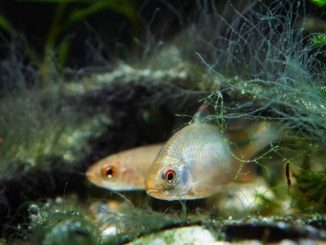
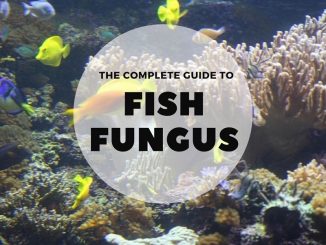
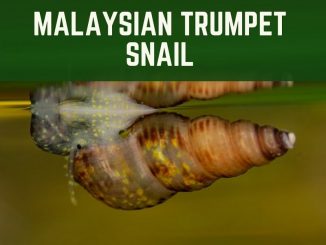
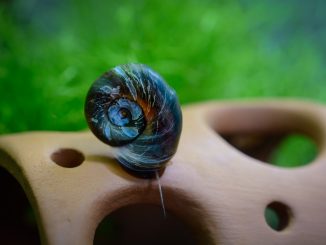
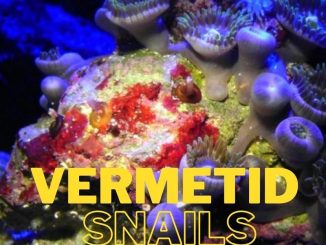
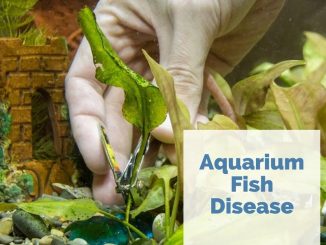
This is the first article That I have read on bristle worms and I believe that I do not have a Firework and that I will leave it in my tank as long as it does not get too big. How do they reproduce, do they need a partner or can they subdivide themselves?
I have hundreds of these worms in my tank. Some hide in the live rock and some are under what looks like waste. When I was moving rock around I think I got hit with the bristles and man that sucked. Can they over take the tank?
I had a lightning strike a few years ago which led to my fish being electrocuted (awful I-Know) and as I cleaned out my tank I was stung by fire worms on the hand I felt sick for days but that was nothing compared to the burning sting that was so intense and welts on my hand. I wish I had taken photos! I ended up going to the dr twice who had no idea what to do. It would settle down then start all over again just as painful. When we finally got the water and rocks out the were literally dozens of them in the tank. It surprises me there’s not more people complaining about them 😊
I love my bristleworms! They do a great job of keeping detritus down and are so interesting to watch! I’ve never had a bad experience with them.